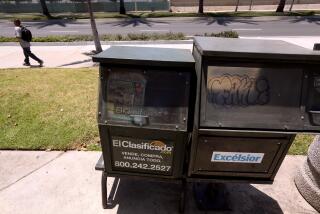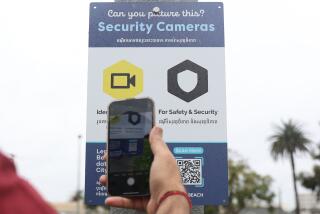The Next L.A. / Reinventing Our Future : Community : Idea File: Virtual Communities
- Share via
How It Works
Local communities would tap into the information highway. Neighborhoods would have 24-hour individual and community access to an on-line computer bulletin board. During emergencies, the board could put people in immediate contact; the phone lines remained largely intact after the Northridge quake, and emergency power sources for computers are likely to flourish.
Santa Monica’s Public Electronic Network (PEN), a sort of digital town hall meeting, receives about 7,000 calls each month from residents. Ojai has a similar project in place and Simi Valley and Moorpark have on-line access to city government.
Short-term or Long-term Impact?
Both. Easy to get started; yields long-term benefits.
Supporters
Some community activists say it would give neighbors immediate access to information and would help bring people together. Neighbors could overcome the shyness and fear that inhibit face-to-face meetings.
Opponents
Critics say it has the potential to further diminish direct human contact and might exclude non-computer owners and the technologically incompetent, exacerbating class disparities. Also, the medium could be abused by community creeps.
The Costs
A used computer with modem is cheaper than a 19-inch television. Expertise in hookup and use could easily be supplied by locals; every neighborhood has a computer “nerd” or two. A community center could also offer free access to computers. The software could be part of neighborhood association dues. Taxpayers might have to shoulder a subsidy to help offset on-line costs. Local businesses could be tapped for contributions.
Reality Check
Absolutely. It can happen here.
More to Read
Sign up for Essential California
The most important California stories and recommendations in your inbox every morning.
You may occasionally receive promotional content from the Los Angeles Times.









